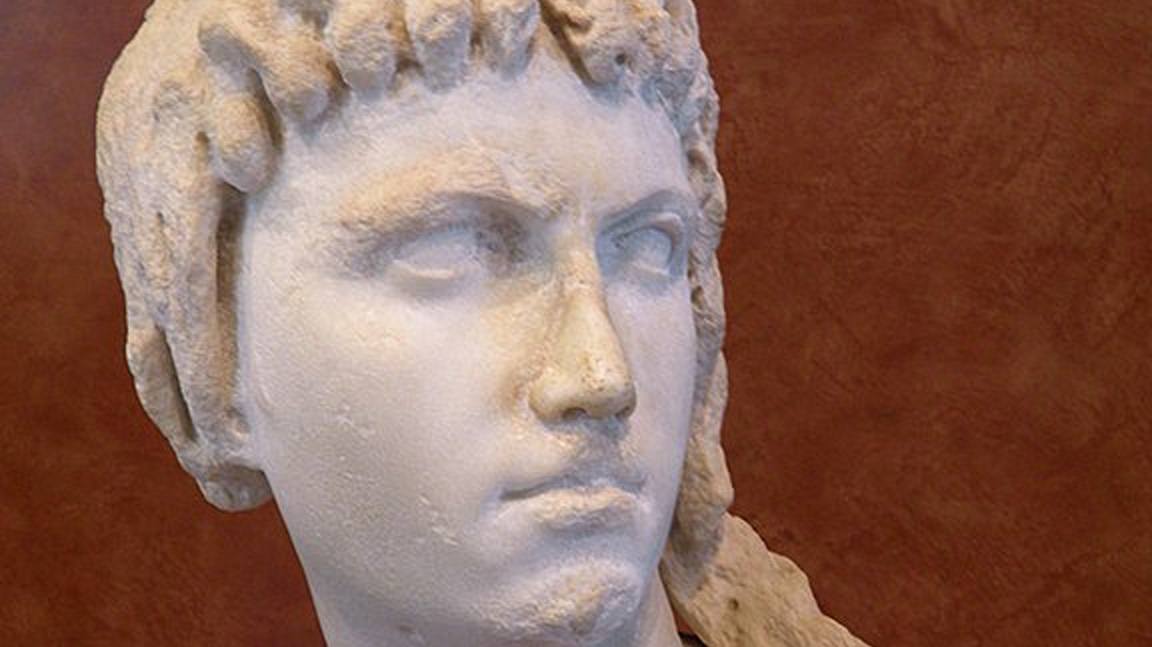Set in Egypt around 80 BC, Handel’s Berenice tells the story of the Egyptian Queen’s involvement in a convoluted romantic web which is happily resolved in the end. The three-act opera premiered at London’s Covent Garden Theater on May 18, 1737, but proved to be unsuccessful, and closed after only four performances.
In the Baroque period, the French overture provided a familiar formal template. It begins with a stately slow introduction propelled and enlivened by regal dotted rhythms, and proceeds on to a lively Allegro section. Handel’s Berenice Overture follows this model. The Allegro erupts with a vibrant imitative dialogue between the strings and oboes. The elegant Menuetto which follows may be the most recognizable music from the Overture. The work concludes with a joyful, celebratory Gigue. Perhaps it is no surprise that Dr. Charles Burney, who chronicled Handel’s musical activities in London, described Berenice Overture as “happy and pleasing to an uncommon degree.”
Recordings
- Handel: Berenice, HWV 38, Overture, Minuet, Gigue, Christopher Hogwood, Academy of Ancient Music Amazon
Featured Image: “The queen (Cleopatra I, Cleopatra II or Berenice III) has a curly, Libyan-style coiffure and is probably portrayed as the Egyptian goddess Isis,” (2nd century, B.C.)

